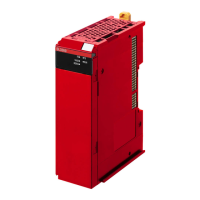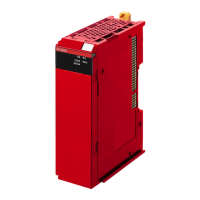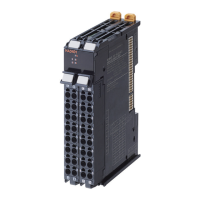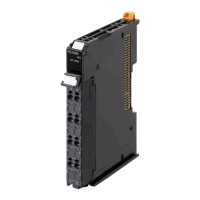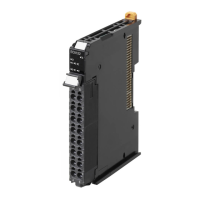Terminology Description
process data communications One type of EtherCAT communications in which process data objects (PDOs)
are used to exchange information cyclically and in realtime. Process data com-
munications are also called PDO communications.
variable A representation of data, such as a numeric value or character string, that is
used in a user program.
Y
ou can change the value of a variable by assigned the required value. “Varia-
ble” is used as opposed to “constant,” for which the value does not change.
variable memory A memory area that contains the present values of variables that do not have AT
specifications. It can be accessed only with variables without an AT attribute.
Retain One of the attributes of a variable. The values of variables with a Retain attribute
are held at the following times. (Variables without a Retain attribute are set to
their initial values.)
• When power is turned ON after a power interruption
• When the CPU Unit changes to RUN mode
• When you specify to not initialize the values when the user program is trans-
ferred
instruction The smallest unit of the processing elements that are provided by OMRON for
use in POU algorithms.
There are ladder diagram instructions (program inputs and outputs), function in-
structions, function block instructions, and ST statements.
main memory The memory inside the CPU Unit that is used by the CPU Unit to execute the OS
and user program.
Motion Control Function Module One of the function modules. The MC Function Module performs motion control
based on commands from the motion control instructions that are executed in
the user program.
motion control instruction A function block instruction that executes motion control.
The Motion Control Function Module supports instructions that are based on
function blocks for PLCopen
®
motion control as well as instructions developed
specifically for the Motion Control Function Module.
user-defined event One of the events in the NJ/NX-series System. These events are defined by the
user. “User-defined events” is a generic term for user-defined errors and user-
defined information.
user-defined variable A variable for which all of the attributes are defined by the user and can be
changed by the user.
user program All of the programs in one project.
Unit A device that mounts to the CPU Rack or an Expansion Rack.
Unit configuration The configuration information for the Units that are set on the Sysmac Studio.
This information tells what Unit models are connected to the CPU Unit and
where they are connected.
literal A constant expression that is used in a user program.
enumeration One of the derivative data types. This data type takes one item from a prepared
name list of enumerators as its value.
enumerator One of the values that an enumeration can take expressed as a character string.
The value of an enumeration is one of the enumerators.
local variable A variable that can be accessed only from inside the POU in which it is defined.
“Local variable” is used as opposed to “global variable.”
Local variables include internal variables, input variables, output variables, in-out
variables, and external variables.
Terminology
49
NX-series NX502 CPU Unit Hardware User's Manual (W629)
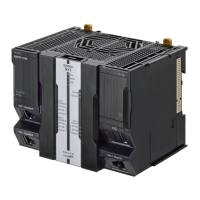
